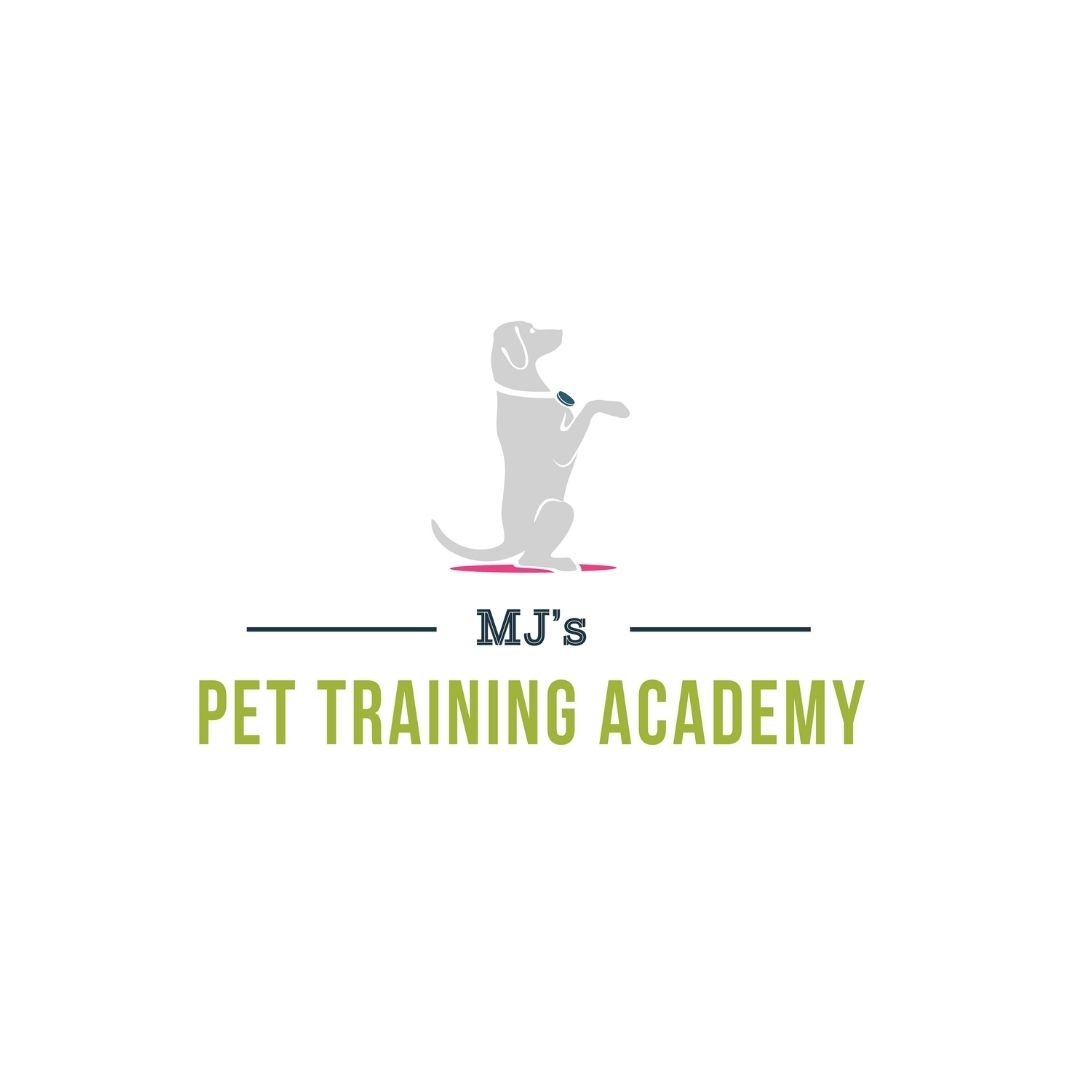Essential Steps for Successful Scent Training: Don’t Skip These Basics
Training dogs to search for target odors is not only fun but also provides excellent mental stimulation and enrichment. Scent training doesn’t require expensive equipment, and you can practice almost anywhere. Most dogs take to scent training quickly, but before you jump to the advanced levels, it is important to make sure both you and your dog are confident with scent detection foundations.
Scent training differs from other sports in many ways. One thing I’ve noticed is that the more handlers learn about their dog’s natural search abilities, the more fascinating the sport becomes. While your dog’s first few searches might not be all that exciting, the sport gets more interesting when you learn to read your dog and you go for the bigger challenges.
The first dog I trained for scent work was an English Cocker Spaniel, “Riley.” The sport was still new on the East coast. I took a DIY approach and trained Riley a bit for scent work, but obedience, rally and tricks were always at the top of my list. It took a while before my interest in scent training grew. I started my next English Cocker Spaniel on scent training right away and all of my dogs since. Once you realize how much fun it is, there is no turning back.
While many owners assume any dog can search for food, we quickly progress to swapping out food for target odors, teaching dogs to work through distractions, and handling more complex searches. Though the advanced levels may seem more exciting, skipping the basics will prevent both dogs and handlers from reaching their full potential.
No matter what you’re training, regularly assessing your own skills should be part of the plan. The more confident you are in your abilities, the clearer and more consistent you can be with your dog. This clarity builds trust. The dog must trust that the rules won’t change abruptly and that the trainer won’t leave them confused.
In scent training, practice is key. Work on handling your long line, walking your dog to the start line, delivering treats effectively, and reading your dog’s behavior. Don’t rush into blind searches. While it’s thrilling when your dog finds the hide, it’s crucial to build a strong working relationship before testing your dog’s abilities with more challenging tasks.
Here are a few essential tips to keep in mind while training your dog to search:
1. Prepare your treats ahead of time.
Make sure your treats are ready before you approach the search area. They should be cut into small, easy-to-reach pieces to ensure quick delivery.
2. Have a clear treat strategy.
Decide in advance where you’ll keep your treats—will you hold a few in your hand, or will you only reach for them when it’s time to reward your dog? This will depend on your individual team, but knowing your plan is crucial.
3. Practice leash handling.
When your dog is on a leash, practice managing it so it doesn’t interfere with the search or give accidental feedback to your dog. This takes time and deliberate practice.
4. Develop a search strategy.
As you gain experience, develop a plan for approaching the search area. Knowing how you’ll guide your dog through the search is an important part of success.
Take your time building these foundational skills, and you’ll set your dog up to excel at the advanced levels of scent training. The basics may seem simple, but they are the key to unlocking your dog’s incredible potential.
